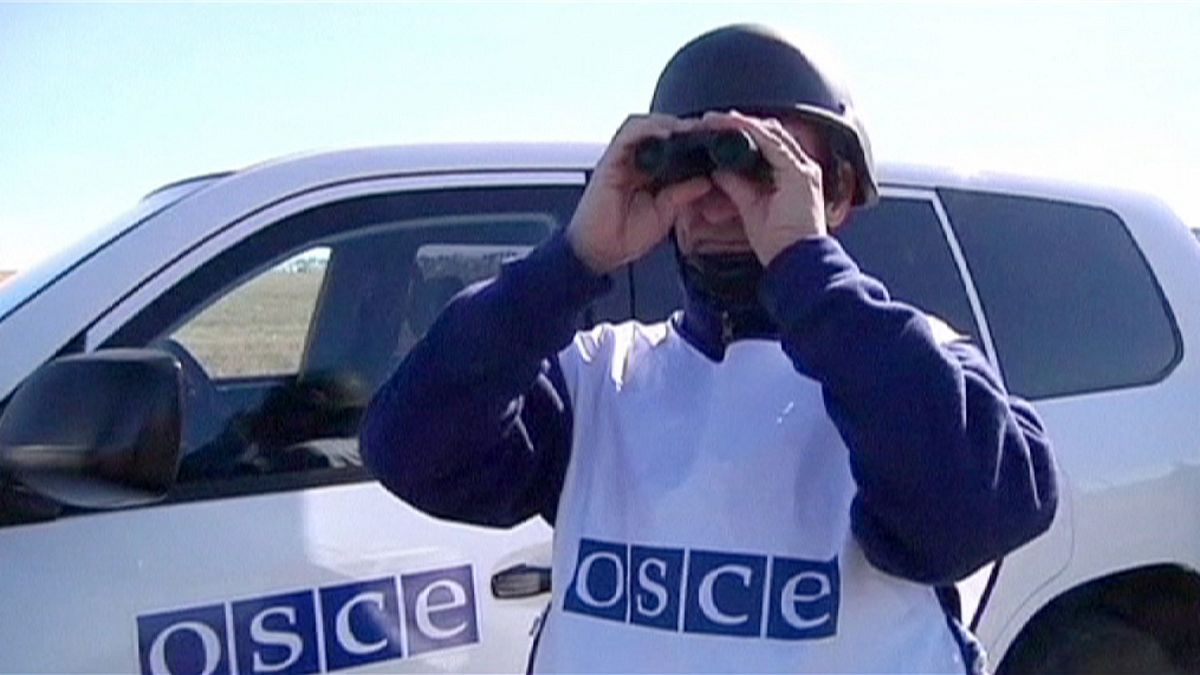The OSCE’s global tension-reducing mandate is still being put to the test, unable to stop Ukraine’s death toll from climbing. One year ago, the
The OSCE’s global tension-reducing mandate is still being put to the test, unable to stop Ukraine’s death toll from climbing.
One year ago, the world’s largest intergovernmental security-oriented organisation met in Kyiv. President Yanukovych was still in power, and the Crimean peninsula had not been annexed by Russia yet.
The OSCE inclusive East–West forum of 57 participating states in Europe, Asia and North America was created during the Cold War era. Yet in spite of its supposed roles for early warning, conflict prevention, crisis management and post-conflict rehabilitation, one year on from the Kyiv meeting, 4,500 people have been killed in the Ukraine fighting between Kyiv government forces and rebels.
Decisions among OSCE states are taken by consensus. Every one has a veto right. Given the spread, there can be deep differences.
In March this year, Russia would not allow OSCE inspectors into Crimea, where the organisation had said the rights of annexation opponents and the Tatar minority had been violated, condemning this. And yet Moscow approved the OSCE general Ukraine mission.
It was considered a small one, with 320 observers, to be increased to 500. Their material resources and financing were limited. Some were posted near the border with Russia, in Gukovo.
The only other such border checkpoint monitored by the OSCE is Donestk. These two points of passage are covered by a staff of just 22.
The border is 2,300 km long, including stretches totalling some 500 km that are especially porous and hard to monitor. The observers signalled heavy military equipment in rebel hands but did not identify its origin.
OSCE drones were deployed but hampered by rebel anti-aircraft fire, the organisation said, or by electronic interference.
The disaster of the downing of the Malaysia Airlines flight from Amsterdam on 17th July shone a glaring light on OSCE limitations. Its observers were not allowed onto the crash site even as late as the end of the month — the site of 298 fatalities, mostly Australian and Dutch.
It was only on the 31st that experts from their countries could approach the wreckage, which by then had been exposed to alleged tampering for two weeks.
